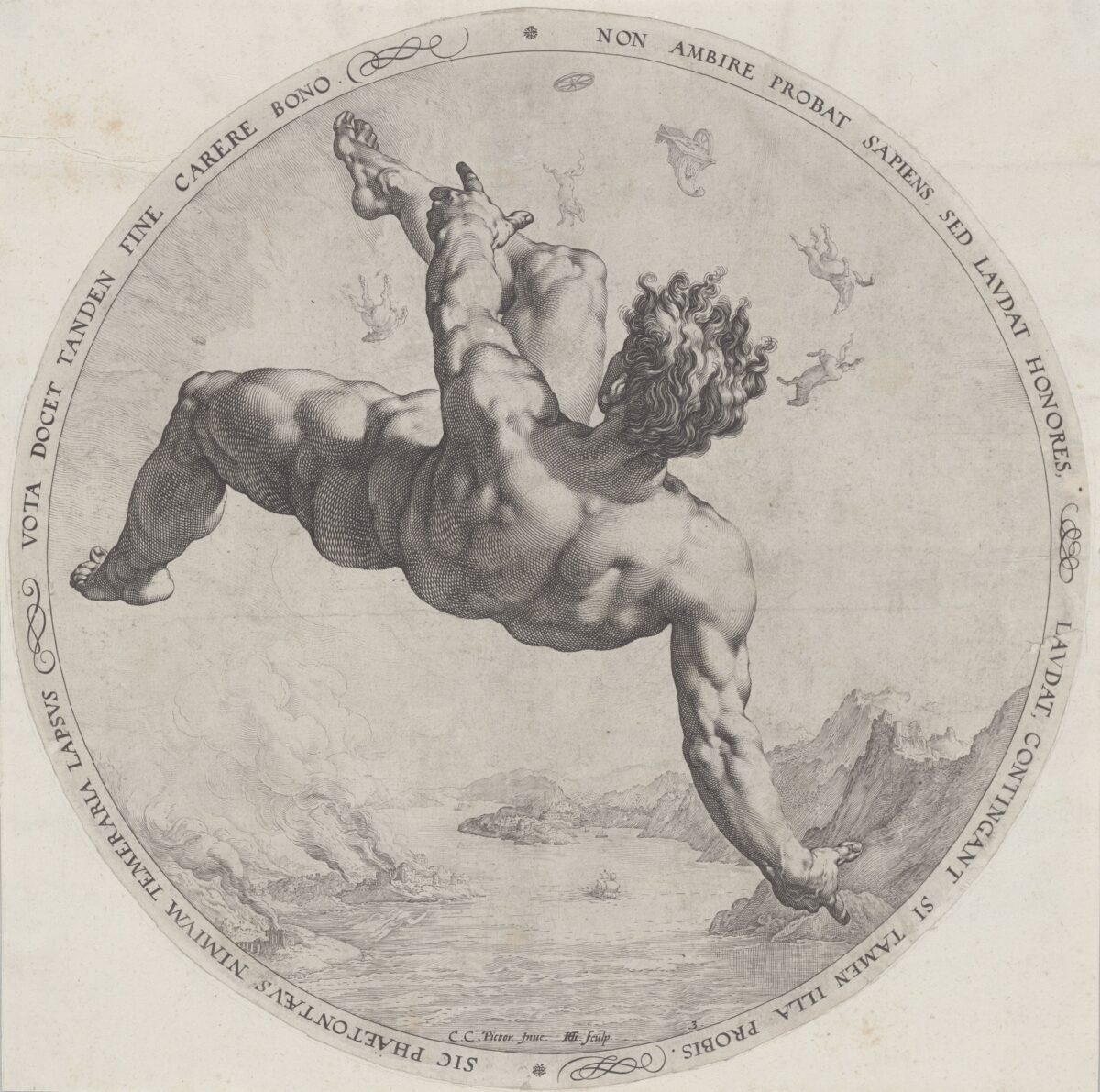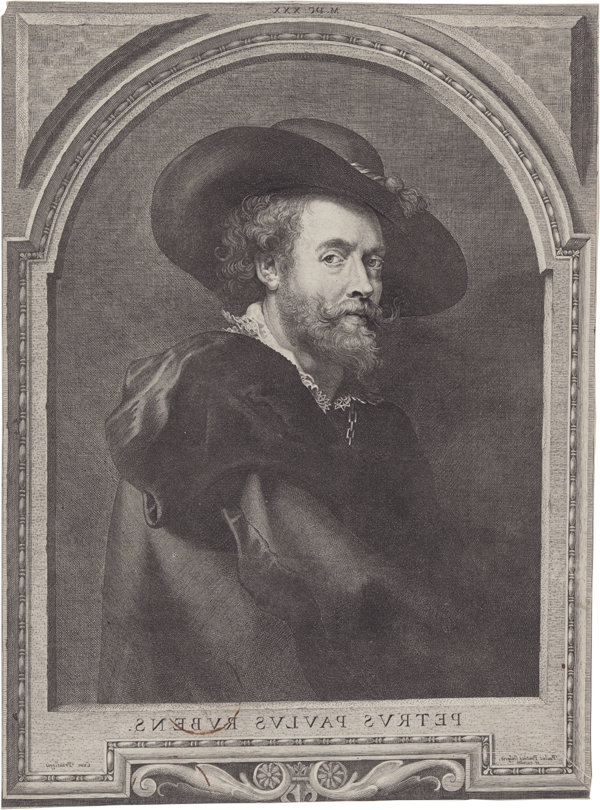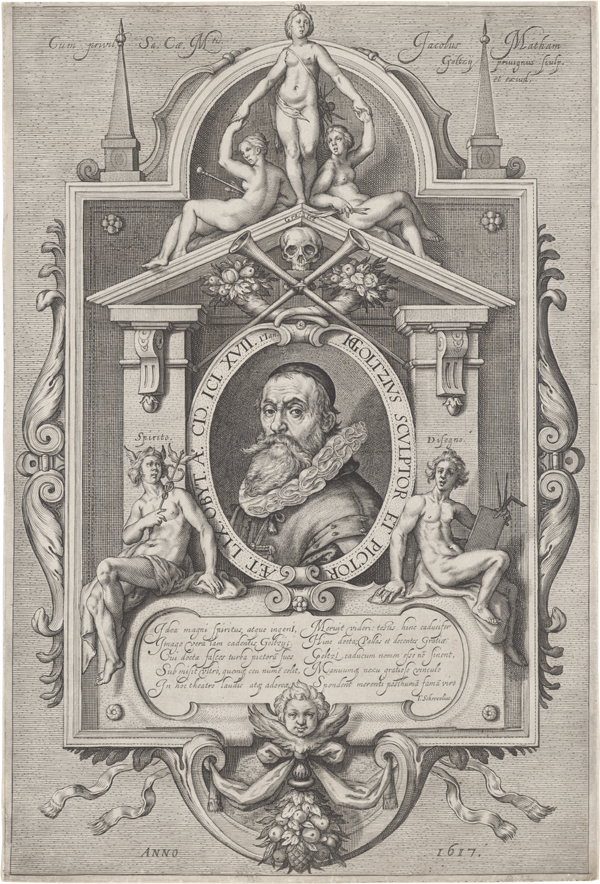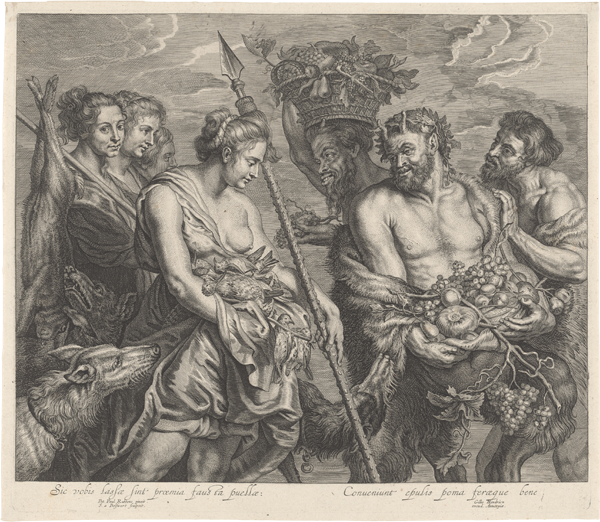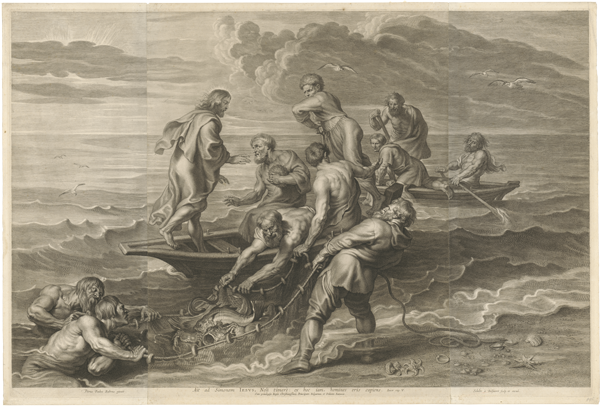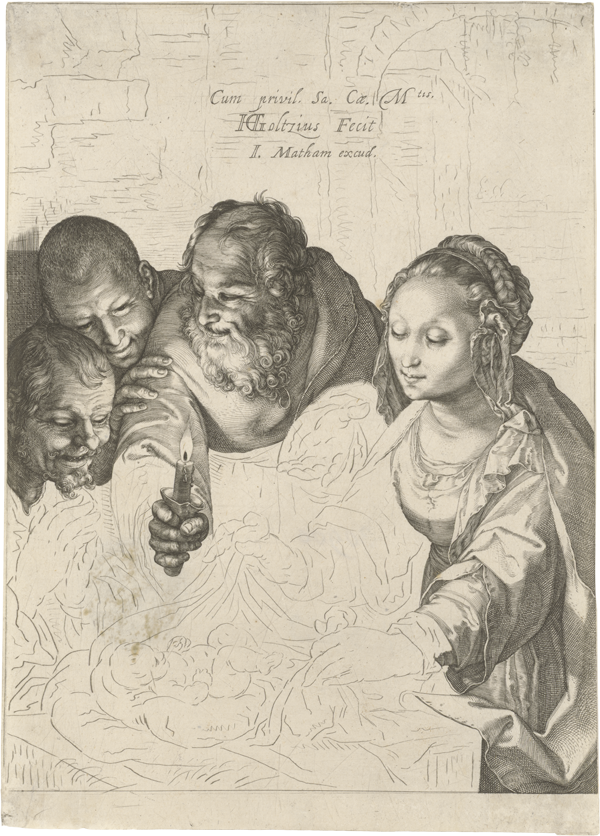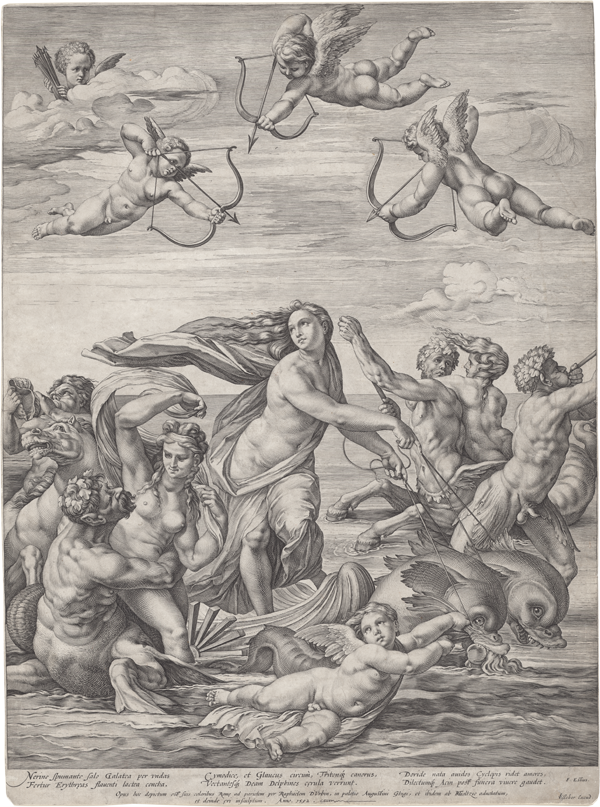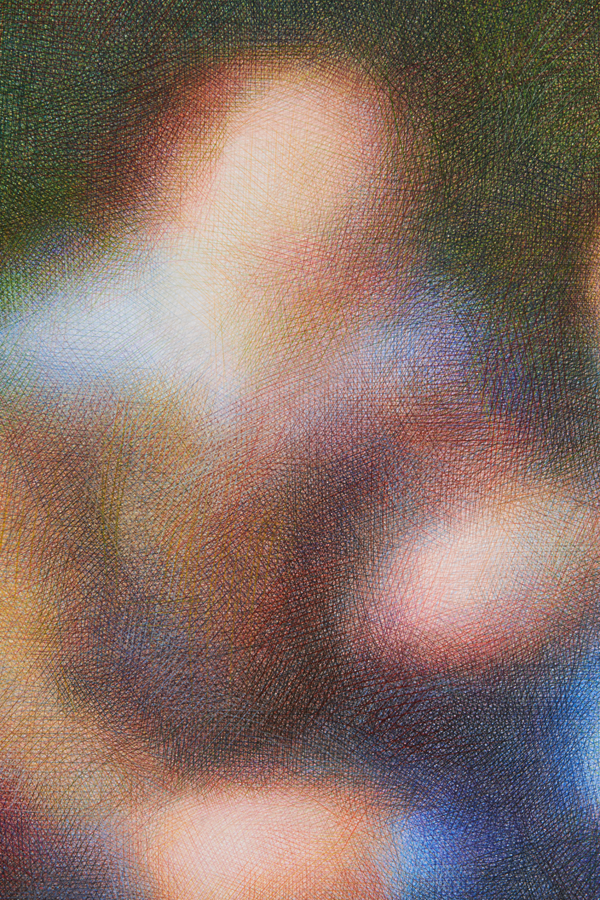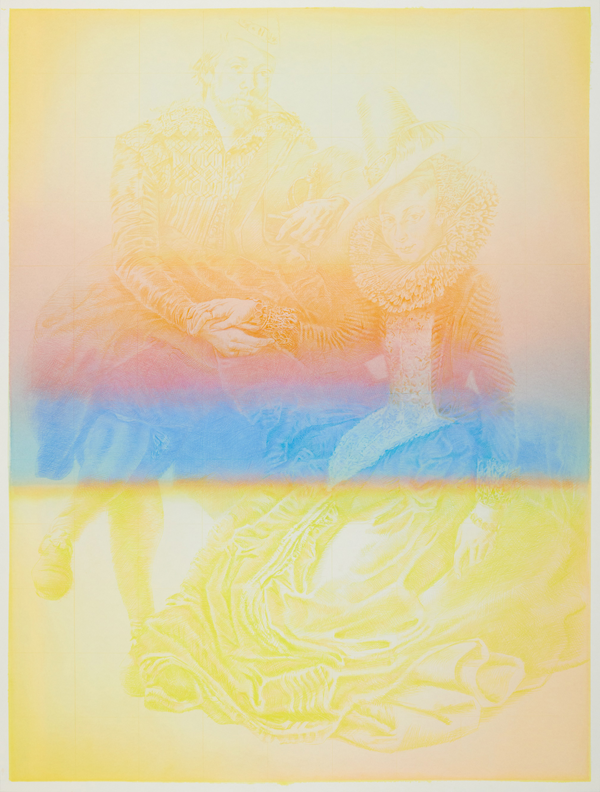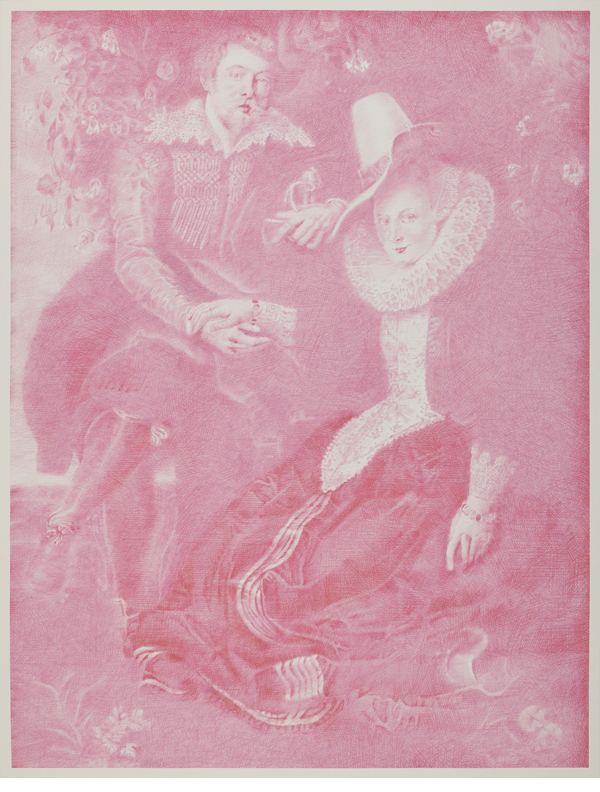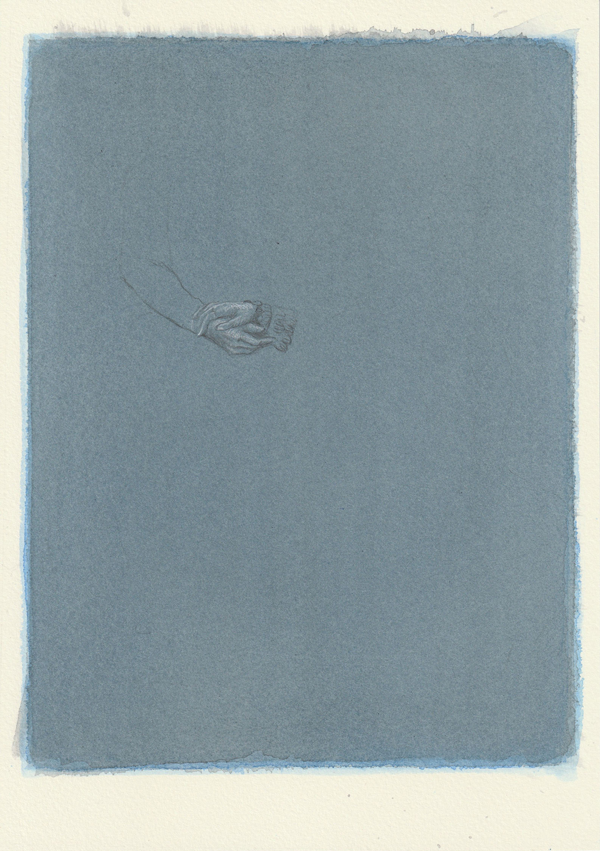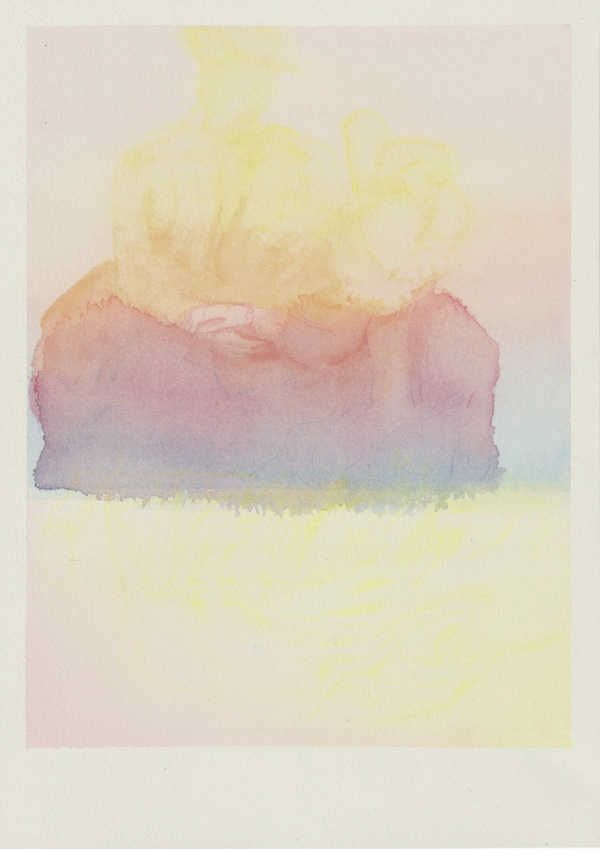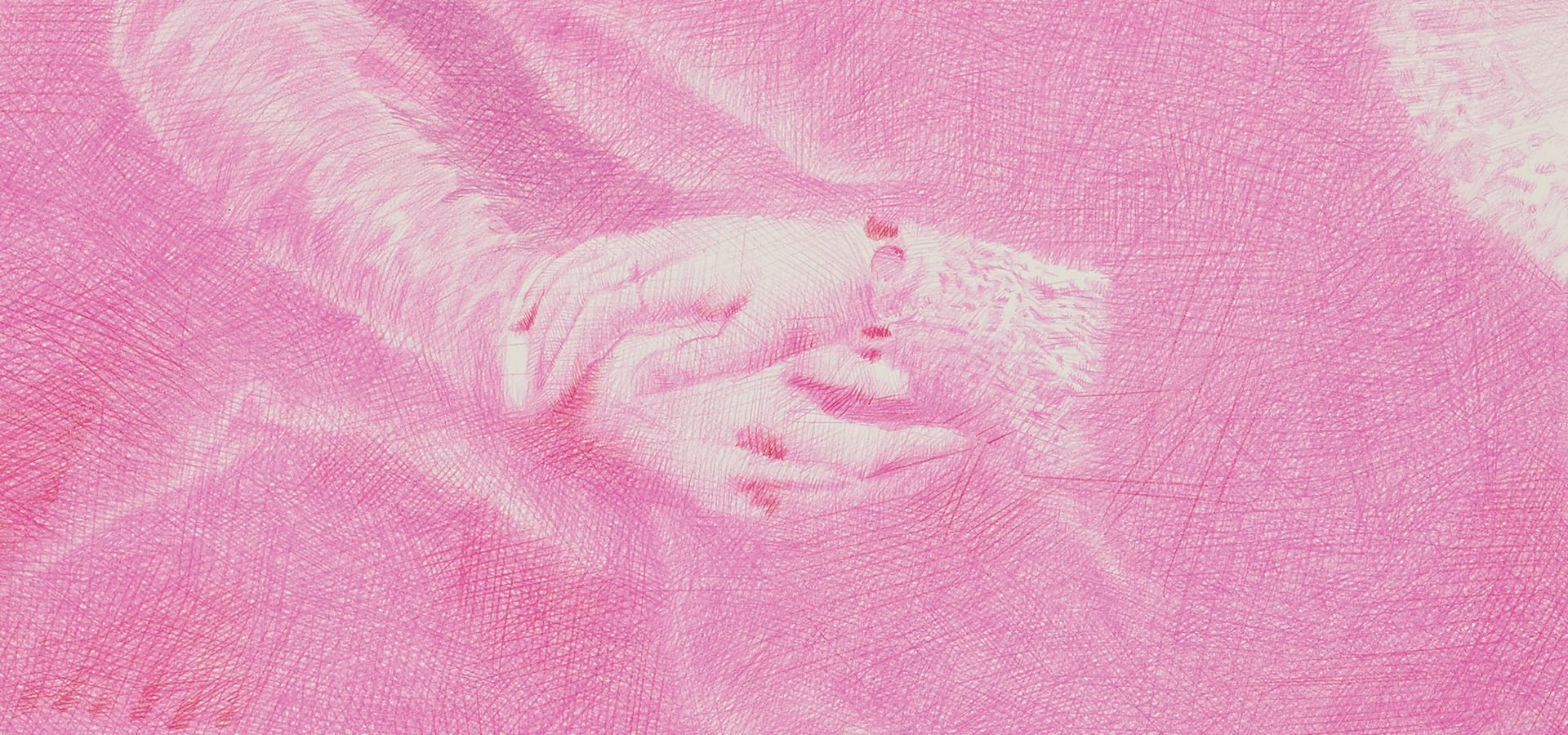
CASE STUDIES ON RUBENS BY SLAWOMIR ELSNER
CAREERS BY DESIGN.
HENDRICK GOLTZIUS &
PETER PAUL RUBENS
CAREERS BY DESIGN.
HENDRICK GOLTZIUS &
PETER PAUL RUBENS
CAREERS BY DESIGN. HENDRICK GOLTZIUS & PETER PAUL RUBENS
To this day, the desire for fame and honor inspires the imaginative powers of celebrated artists. In the blossoming baroque era around 1600 with European courts competing for prestige and wealthy burgers striving for status, it was a smart strategy for artists who wanted to make their works known and to sell them profitably, to reach out beyond local borders and to conquer far-away markets and buying audiences. Bulky sculptures and fragile paintings were little suited to such transactions. Instead, it was prints – engravings, etchings and woodcuts – that advanced to becoming perfect ambassadors on behalf of artists who endeavored to charm their audiences with graphic masterstrokes while updating them about their latest creations. Around 1600, the most successful masters in this regard were Hendrick Goltzius (1558–1617) and Peter Paul Rubens (1577–1640).
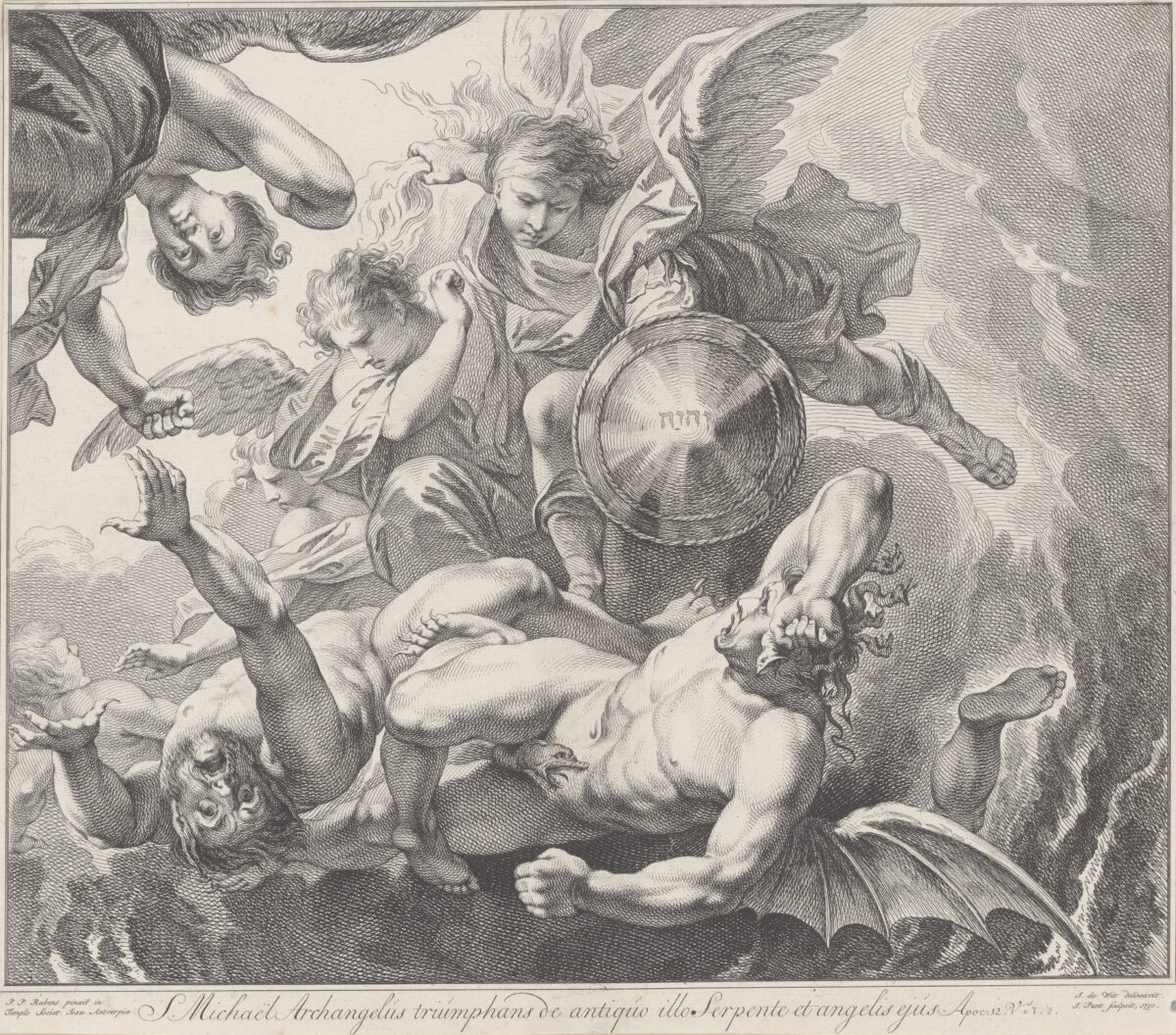
This exhibition presents a distinctive selection of 130 prints from the rich Munich holdings that have only recently been made accessible to the public and scholars. The thematic presentation, addressing aspects such as the role of dedications or antiquity as a model, makes visible the respective innovative artistic strategies that spurred on the careers of Goltzius and Rubens.
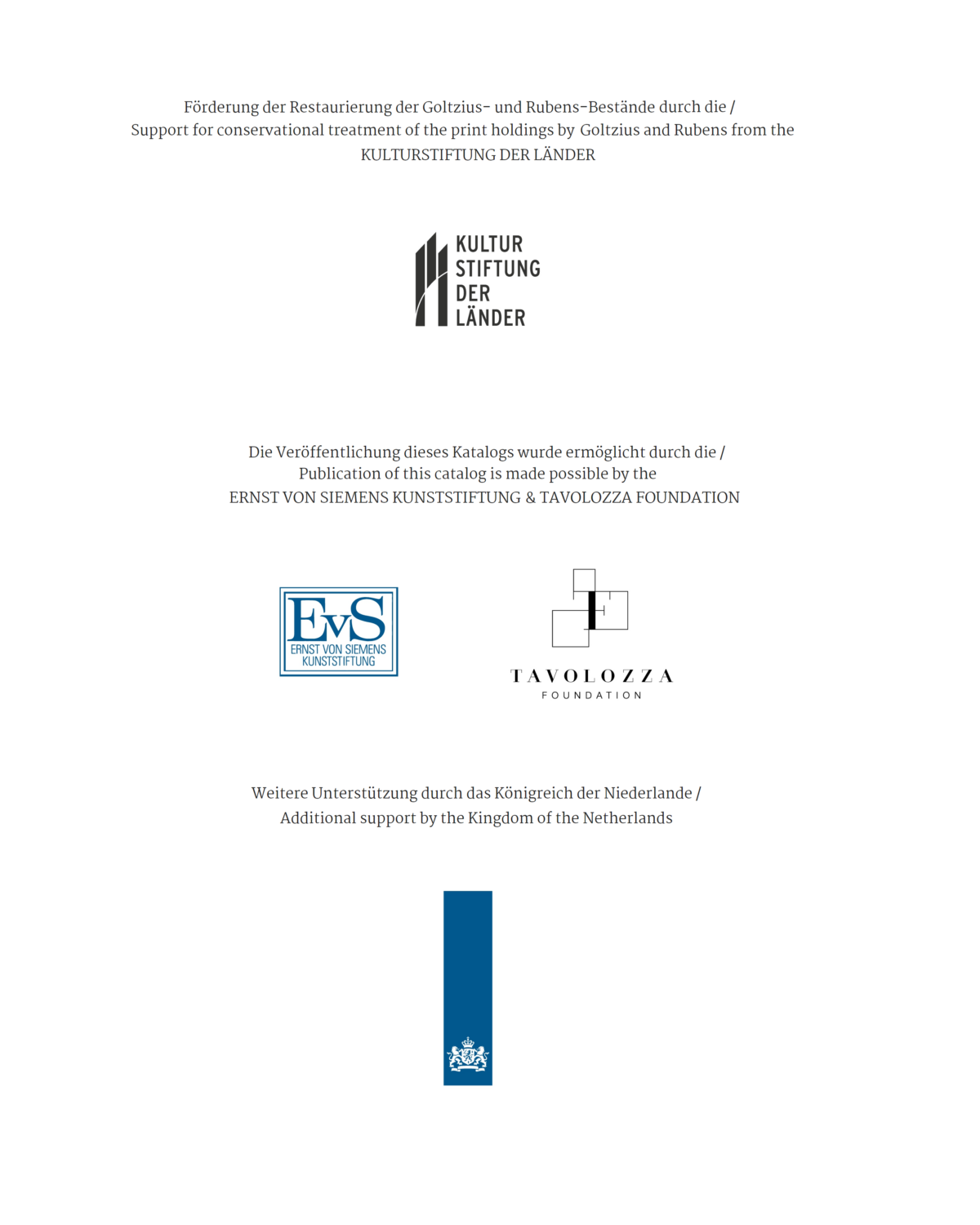
CASE STUDIES ON RUBENS
BY SLAWOMIR ELSNER
The daring images of Peter Paul Rubens (1577–1640) continue to intrigue us to this day and some of them have lost none of their topicality. No other portrait better testifies to that than the Honeysuckle Bower, which was painted around 1609/10 and has a rather intimate air. Here Isabella Brant and Peter Paul Rubens present themselves as a bridal pair with a self-assured and demonstrative claim to an ideal patrician alliance between equal partners in early modern times.
Draftsman Slawomir Elsner (*1976) turns his investigative gaze at this masterpiece of Flemish baroque art, a true crowd pleaser at the Alte Pinakothek and explores it in his project Case Studies on Rubens at the Pinakothek der Moderne. With his suite of 17 graphic paraphrases—each the impressive size of the original, 178 x 136.5 cm—and as though this were an empirical case study, he poses the question as to the relevance and meaning of the original. In his analytic and probing drawings, he undertakes to evoke this motif over and again before our very eyes as well as to challenge our perception and remembrance of Rubens’s painting.
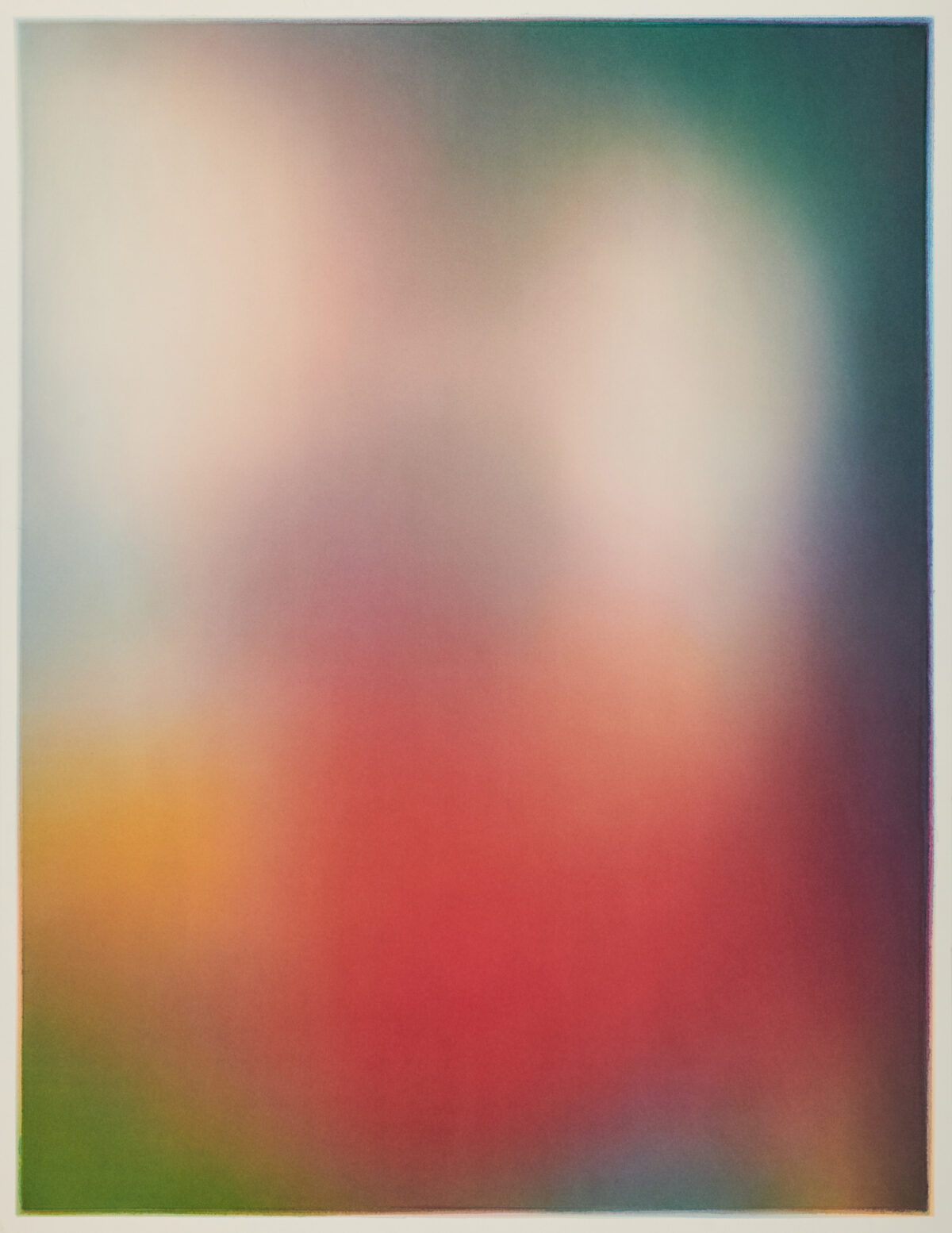
Photo: Sebastian Schobbert, © Slawomir Elsner
Seemingly playfully, Elsner evokes historical reproductive techniques and, by emulating the qualities of the respective technique, he re-creates the work in surprisingly many ways. As an artist, Elsner is interested in the historical endeavor of keeping outstanding artworks in our memory by means of adequate forms of reproduction but he is always aware that this can only ever be an exercise in abstraction. With each new creation he asks what, beyond the memory of the original, is the additional aesthetic gain of that paraphrase? What is the new sensory experience? In addition, are not seeing and remembering actually a mental form of processing for which abstraction is a prerequisite?
Ultimately, his virtuoso “case studies” in art aim at posing to us the question in our age overflowing with images: What are the artworks we preserve in our personal visual library and how do they determine our grasp on the world? In what manner and why does a picture of the rank of the Honeysuckle Bower touch us, what do we remember after our museum visit? Moreover, what kind of life does this picture continue to lead in our memory? We predict that Slawomir Elsner’s Case Studies on Rubens will provide visitors with the adventure and pleasure of analog viewing and with an opportunity to visit both the Pinakothek der Moderne and the Alte Pinakothek.
Planning your visit
Open today till 6.00 pm
Daily 10.00 – 18.00
Thursday 10.00 – 20.00
Monday closed
Barer Straße 40
80333 München
